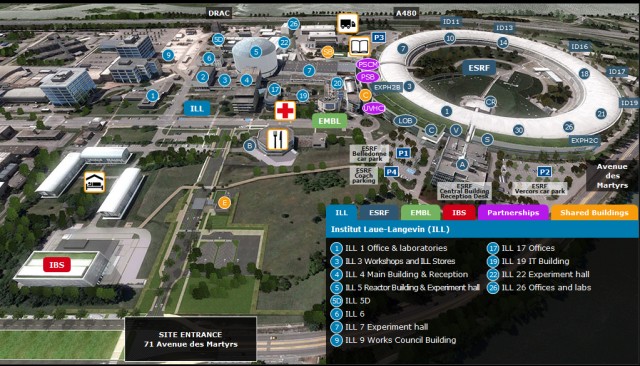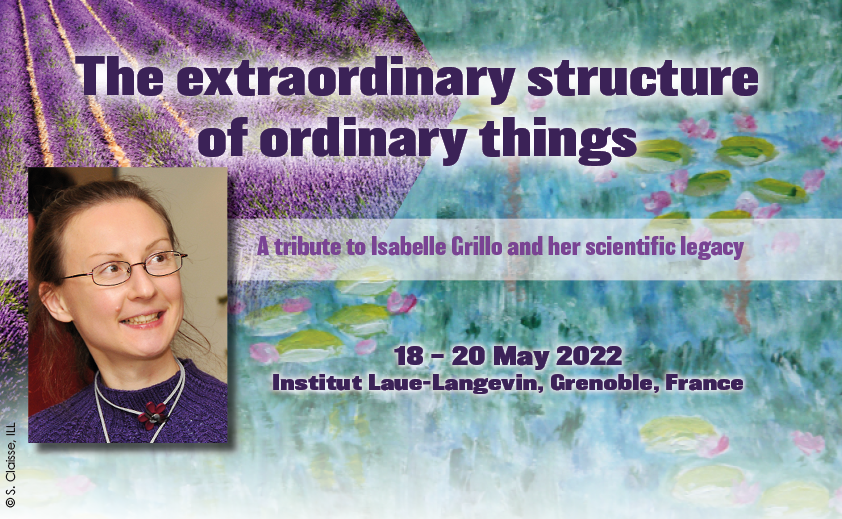Speaker
Description
In 2005 pressure from the scientific user community and strategic planning for instrumentation at ILL determined that additional Small-Angle Neutron Scattering (SANS) capacity and capability were required. Demand for SANS beamtime was (and still is!) sky-rocketing being the neutron technique with the most diverse scientific community from soft-matter, biology, physics, materials science and magnetism. Shortfalls in SANS capability was also becoming apparent with restrictions in the use of high-magnetic fields and capabilities in polarisation and analysis techniques. At the same time, the rise in high-performance SANS instrumentation at spallation neutron sources gave users a taste of how the wide wavelength band gives access to the full dynamic $q$-range ($q_\text{max} / q_\text{min}$) without the need for several measurements on a monochromatic instrument.
The scientific case and instrument specification arrived from consideration of the factors mentioned above. D33 would be the third Small-Angle Neutron Scattering instrument at the ILL with particular emphasis on modern trends in materials science, physics, magnetism and nano-structured materials. D33 would provide high resolution and wide dynamic q-range options in both monochromatic and time-of-flight (TOF) modes of operation. Two large multi-tube detectors would extend the dynamic $q$-range further giving $q_\text{max} / q_\text{min} \approx 20 $ in monochromatic mode and a massive $q_\text{max} / q_\text{min} > 1000 $ in TOF mode. Beam polarisation and $^3$He spin analysis would facilitate and expand studies of magnetism. The position of D33 would be such as to allow high magnetic fields at the sample position.

On the 20th June 2012 the neutron beam was opened for the first time on D33. After a sejour of several years as responsible for the ILL’s chemistry laboratories Isabelle and I were a team once again on a SANS instrument. Isabelle’s experience, hard work, meticulous attention to detail and (sometimes unknowingly!) brilliant ideas gave us both some of the happiest and satisfying times in commissioning and establishing the user programme on D33. Together, and within one week, D33 was configured, calibrated and commissioned in monochromatic mode producing high quality data comparable to that of D22 and D11. In the weeks and months that followed the full capabilities of D33 were commissioned and characterised with the instrument entering full user operation in early 2013. Isabelle took good care of D33 from its first neutrons in 2012 until her final day in 2019.

